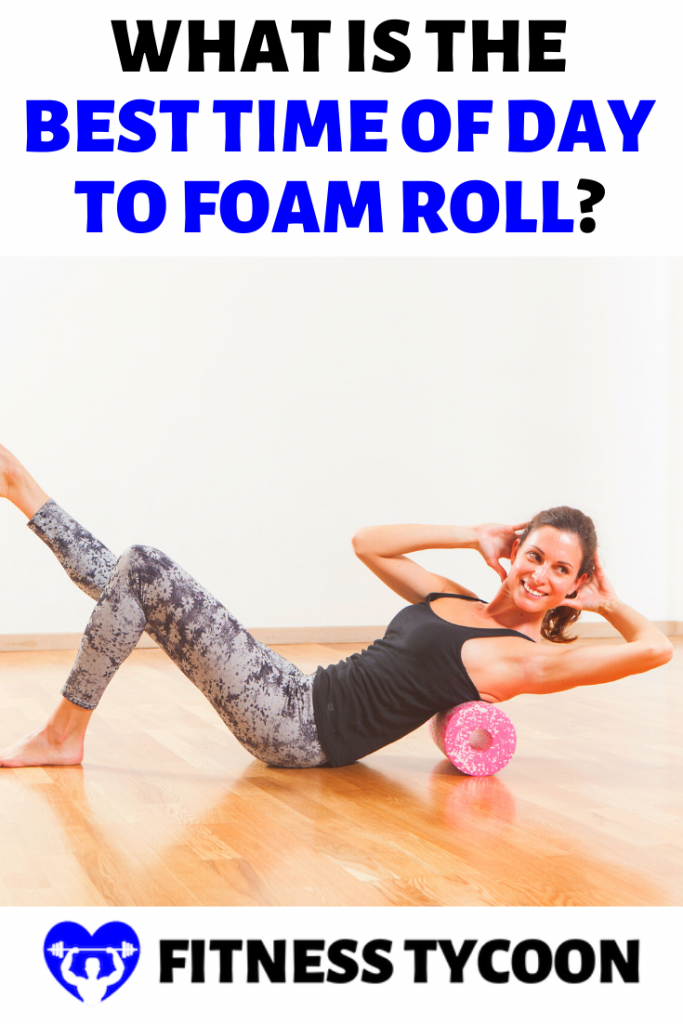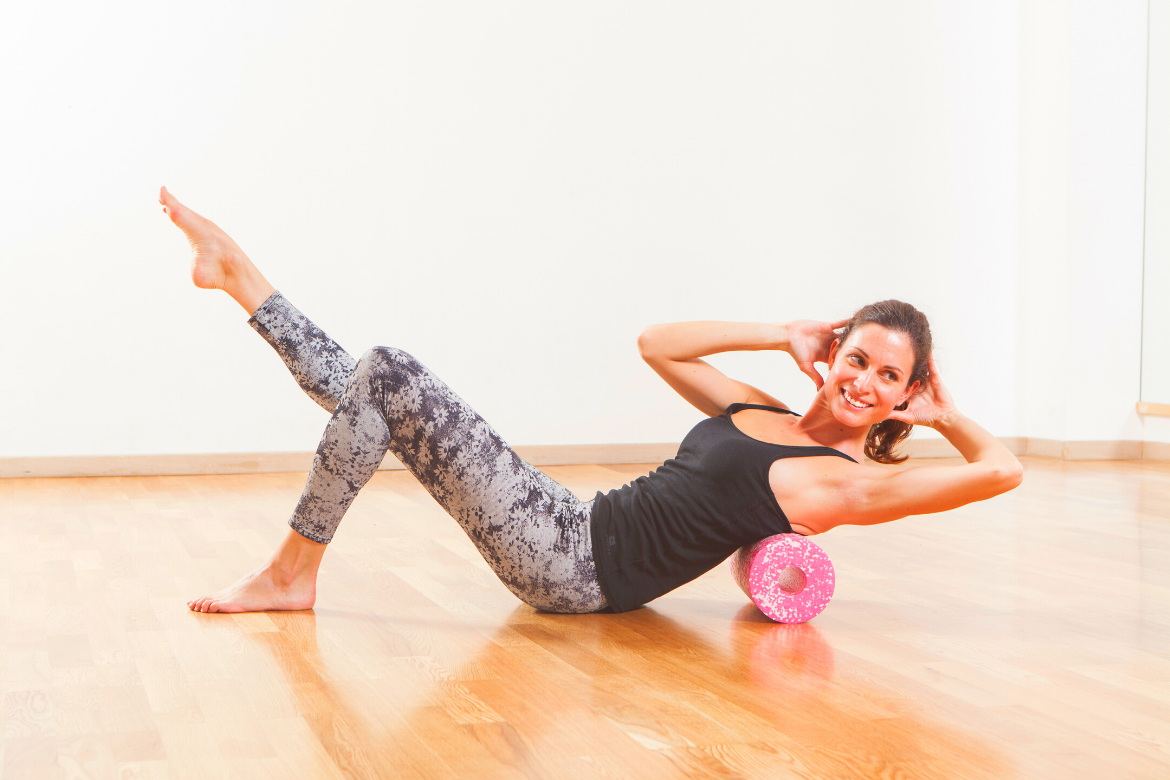Foam rolling has slowly but surely been gaining ground on the fitness routines of many athletes and trainers around the world, with amazing benefits that go from stretching your muscles to lowering joint pain. But if you want to incorporate this practice into your workouts, you should know when the best time for foam rolling is.
What Is Foam Rolling Really About?
Before you add that foam roller to your cart, it’s good to know what you are getting into. Self-myofascial release, a.k.a. foam rolling, consists of applying pressure to tight muscles or points of pain throughout your body, with the means of releasing that pain and keeping your muscles relaxed and healthy.
This practice has made its way to every fitness expert’s workout arsenal, not only due to its rising popularity, but because of more and more studies proving the benefits obtained from rolling on the floor with a foam tube under your tender muscles.
The results of these studies may contradict each other when it comes to how to foam roll, for how long, and when to do it. However, the most important thing about this practice is that it is another excellent way to keep your body healthy outside the gym.
Are You Doing it Right?
One of the first things you’ll notice when you start foam rolling is that it hurts, but don’t let this intimidate you into not getting into it at all. The precise objective of the roller is to apply pressure to the tightest muscles in your body, just like a massage. Combined with the rocking and rolling movement, the result can be a little painful before it approaches anything like relief.
However, foam rolling isn’t just about pressing until it hurts. Training experts have developed techniques over the years to find the best way to work the muscles properly, and while they all have the same goal, they can be approached differently depending on the physical condition of the trainee.
The most common way to foam roll is to lie on the floor and place the roller under the muscle you mean to work, then gently roll back and forth for a short period before moving on to the next muscle.
According to Dr. David Behm, two to three sets of foam rolling, for between 30 and 60 seconds, seem efficient at lessening pain and developing flexibility. This is part of the most common technique used by athletes.
Another form of foam rolling doesn’t even include much rolling at all, being instead only about applying pressure to the muscle for a full minute. Dr. Mike Clark from the National Academy of Sports Medicine recommends foam rolling things like your calves, your piriformis muscle, your abductors, and your mid- to upper-back if you choose to roll before your workouts.
When Is the Best Time of Day to Foam Roll?
Given that foam rolling is an exercise meant to soothe and relax tired muscles, it can be practiced at any time of the day without it affecting your body functionality in any harmful way. However, things change if you want to incorporate foam rolling into your workout routine.
So, should you do it pre- or post-workout? The truth is both times hold particular benefits and consequences for your energy levels and performance. For example, some agree that the pre-workout rolling, combined with static and dynamic stretching, significantly reduces the risk of muscle injuries.

In contrast, other doctors believe that foam rolling turns on your parasympathetic system. The system is responsible for helping you unwind and recover, meaning that your muscles might end up a tad too relaxed for any long resistance exercises.
To help your muscles start their recovery process, you should foam roll immediately after your workout, thus sending your body into a tranquil state to avoid soreness and tight movements throughout the day.
Because of this soothing effect, the experts recommend spending 10-15 minutes foam rolling before going to bed to take full advantage of its relaxing properties, reducing stress, and actually helping you fall asleep faster.
Final Thoughts
While studies still have to reveal the concrete evidence of foam rolling’s direct effect on muscle behavior, it is clear that making a habit of it contributes to a healthier daily routine.
Foam rolling’s new shining spot in fitness has been hard-earned and well-deserved. It should definitely become even more mainstream as healthier lifestyles keep rising in popularity.
Perhaps the best benefit of foam rolling, however, is the reprieve it gives your body from daily tension and stress. So even if it doesn’t exactly contribute to sculpting or weight loss, it deserves a place of notice for ongoing studies and everyday practice.

